
The aim – simplifying the operation of larger vessels…
By Bill Taylor, Publisher CCL
We anticipated that significant power was on the horizon – it was only a matter of time and research and development. Initially, it was the 400R outboard that amazed everyone, followed soon by the 450, which originated from the same foundation as the 400, and now we have this impressive powerhouse.
Additionally, Seven Marine introduced its 500+ hp outboard with backing from Volvo Penta – it was inevitable, as Mercury was not remaining idle.
We at Center Console Life and Powerboating.com were given the opportunity to represent the boating media at Mercury’s exclusive launch at Lake X in Florida, where we observed the unveiling of this extraordinary V12 outboard, boasting immense horsepower and torque.
Kenny Howeisner, boat tester for Center Console Life and Poker Runs America, previously associated with Velocity Powerboats, was eager to test this innovative technology, mounted on the test boats with a minimal footprint compared to the 450s.
The primary goal is evidently to pack more power into fewer engines to drive larger boats.
In simple terms, Mercury just introduced the world’s biggest outboard motor. Not only does the new Verado V12 have impressive proportions, with a 600-horsepower rating, it also delivers substantial power. Built on the existing Verado V8’s platform, the V12 stands vertically like a power tower, neatly aligning four additional cylinders atop the block. These narrow-V cylinder banks are set at a 64-degree angle, with the open side of the V facing backward. Quad camshafts spin from the cylinder heads mounted above. The Verado V12 is naturally aspirated without the added advantage of a turbocharger or supercharger, which means, without a turbocharger, there’s no bothersome turbo whine.
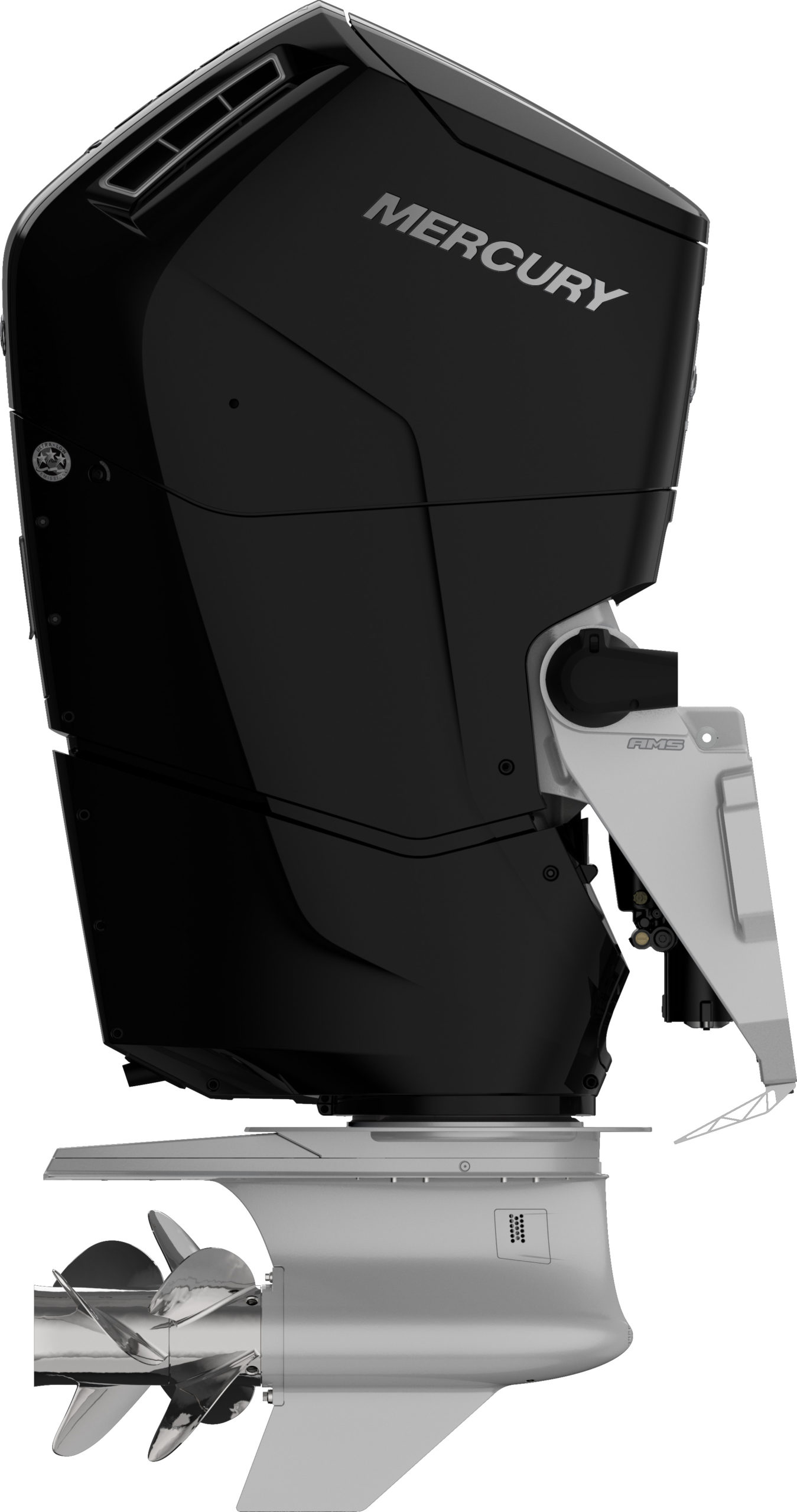 There’s more to this than merely a large engine. The Verado V12 torque powerhouse efficiently transmits raw power from its crankshaft to a two-speed gearbox. In essence, it’s the world’s first outboard motor with an automatic transmission. Its development is noteworthy due to the collaboration between Mercury and the German company ZF Marine, which engineered a two-speed automatic transmission featuring a 2.97:1 (low) and 2.5:1 (high) gear ratio. At lower speeds, the 20-percent gear reduction enhances engine torque, allowing for quick planing of larger boats before seamlessly shifting into the second gear. This shifting significantly lowers engine RPM, which reduces fuel consumption and optimizes top speed. So just how fast is it? The new Formula 50 we tested achieved a maximum speed of 70 mph, while the Valhalla 46 reached an impressive 75 mph. As you’ve likely gathered, these higher displacement V12s are engineered to drive vessels in the 35’ to 55’ (10.66 m to 16.76 m) range.
There’s more to this than merely a large engine. The Verado V12 torque powerhouse efficiently transmits raw power from its crankshaft to a two-speed gearbox. In essence, it’s the world’s first outboard motor with an automatic transmission. Its development is noteworthy due to the collaboration between Mercury and the German company ZF Marine, which engineered a two-speed automatic transmission featuring a 2.97:1 (low) and 2.5:1 (high) gear ratio. At lower speeds, the 20-percent gear reduction enhances engine torque, allowing for quick planing of larger boats before seamlessly shifting into the second gear. This shifting significantly lowers engine RPM, which reduces fuel consumption and optimizes top speed. So just how fast is it? The new Formula 50 we tested achieved a maximum speed of 70 mph, while the Valhalla 46 reached an impressive 75 mph. As you’ve likely gathered, these higher displacement V12s are engineered to drive vessels in the 35’ to 55’ (10.66 m to 16.76 m) range.
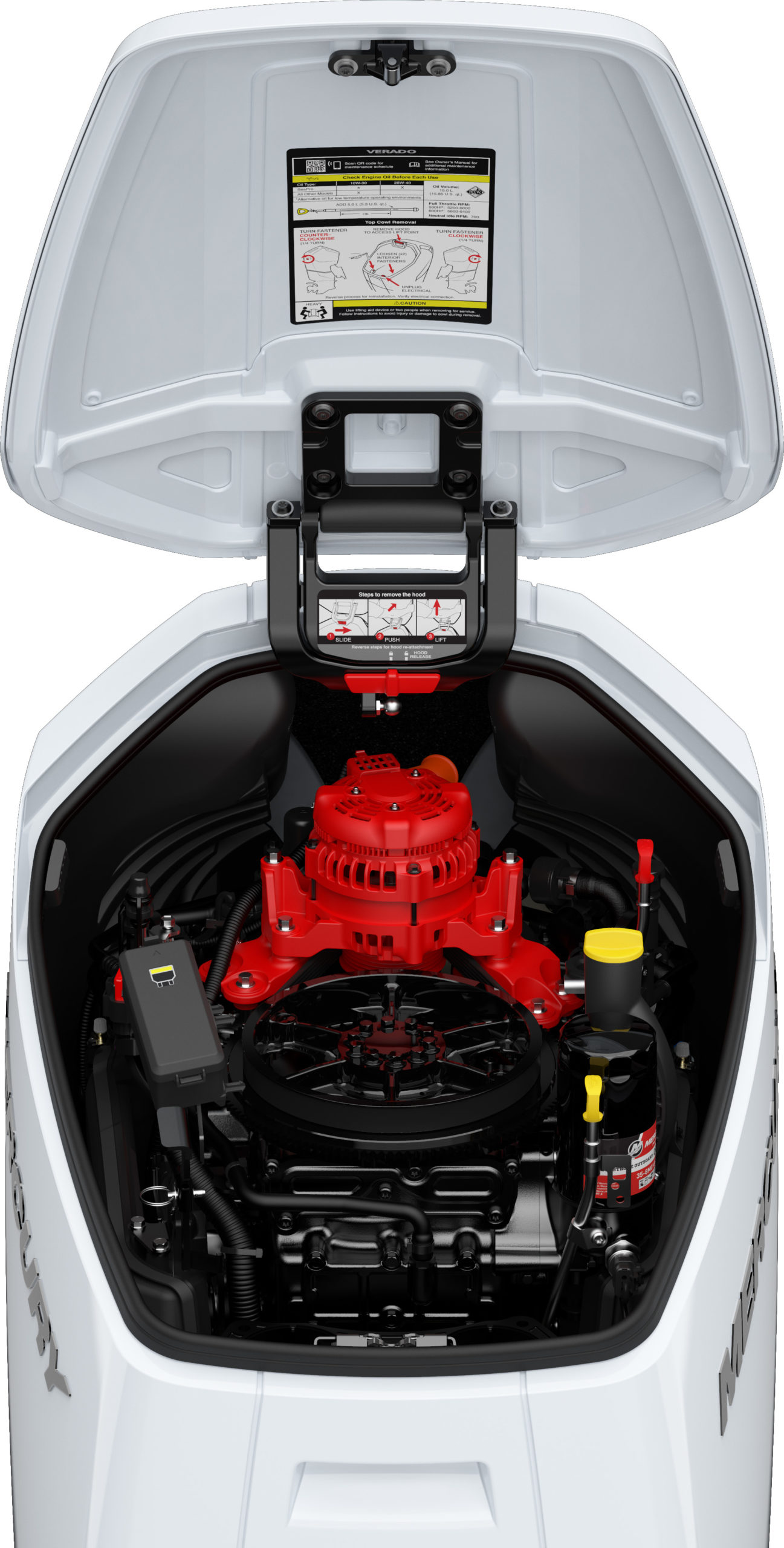 The flip-up hood allows for easy oil changes.
The flip-up hood allows for easy oil changes.
In outboard-powered boats, steering adjustments are typically made by pivoting the engine (powerhead and gear case as a single component). However, with the Verado V12, steering inputs from the helm control the swiveling gear case exclusively. This gear case moves from side to side, covering a 45-degree arc, unlike other outboards that are restricted to a mere 30-degree range. To visualize this, think of a crowd at the fuel dock watching a captain maneuver a boat sideways towards them. The V12 Verado remains still on the transom while all the movement occurs below the waterline.
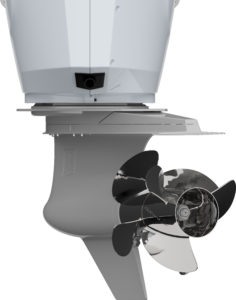 The motor remains stationary, while the gear case turns left to right.
The motor remains stationary, while the gear case turns left to right.
One after another, I tested a fleet of boats outfitted with Verado V12 at Mercury’s secret Lake X testing facility in Florida. On the very first full-throttle acceleration test, transitioning from stationary to wide-open throttle, I couldn’t hear the transmission shift from low to high gear. That wasn’t due to engine noise masking it, as the engine was surprisingly quiet. In fact, the Verado V12 is the quietest outboard over 100 horsepower that I have ever operated, measuring 61 dBs at the helm. Moreover, the Verado V12 is equipped with a dual propeller gear case, which means two counter-rotating propellers on the same axis. One prop spins in a clockwise direction while the other operates counter-clockwise. The propellers on the Verado come in three- and four-blade configurations, with the four blades oriented forward and the three blades directed backward. They are available in various diameters and pitches, reaching up to 18 inches. Dual propeller installations are known for amplifying surface area, enhancing directional control and forward propulsion. As such, steering responsiveness is precise, and acceleration, fuel efficiency, and overall top speed are all improved. Overall, one might reasonably conclude that Mercury’s aim was not just maximum performance but to make handling a large boat significantly easier.
 For convenience during maintenance, the flip-up hood located on top of the cowling enables owners to easily change the engine oil and filter at the 200-engine hours milestone, eliminating the need to remove the cowling or lift the boat out of the water. However, the cowling must be removed for any major servicing required every five years or after 1,000 hours of operation.
For convenience during maintenance, the flip-up hood located on top of the cowling enables owners to easily change the engine oil and filter at the 200-engine hours milestone, eliminating the need to remove the cowling or lift the boat out of the water. However, the cowling must be removed for any major servicing required every five years or after 1,000 hours of operation.
If you think the Verado V12 is just a massive gas guzzler, you’re mistaken. A representative from Mercury claims that a pair of Verado V12s achieves 20 percent better fuel efficiency at cruising speeds compared to triple Yamaha 425 hp V-8s (1200 hp against 1275 hp). At full throttle, the Verados perform 24 percent better in fuel economy. This means extended range on a full tank. Additionally, it’s worth noting that high-octane fuel isn’t necessary; this robust engine functions perfectly with 87-octane marina gas.

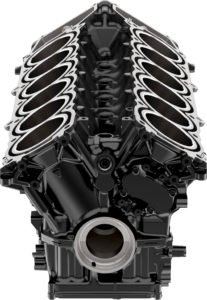
Lastly, remember how we initially pointed out that the Verado V12 is naturally aspirated? If history serves us well, a supercharged version of the Verado V12 from Mercury Racing might be coming soon. I anticipate a rating of 750 horsepower.
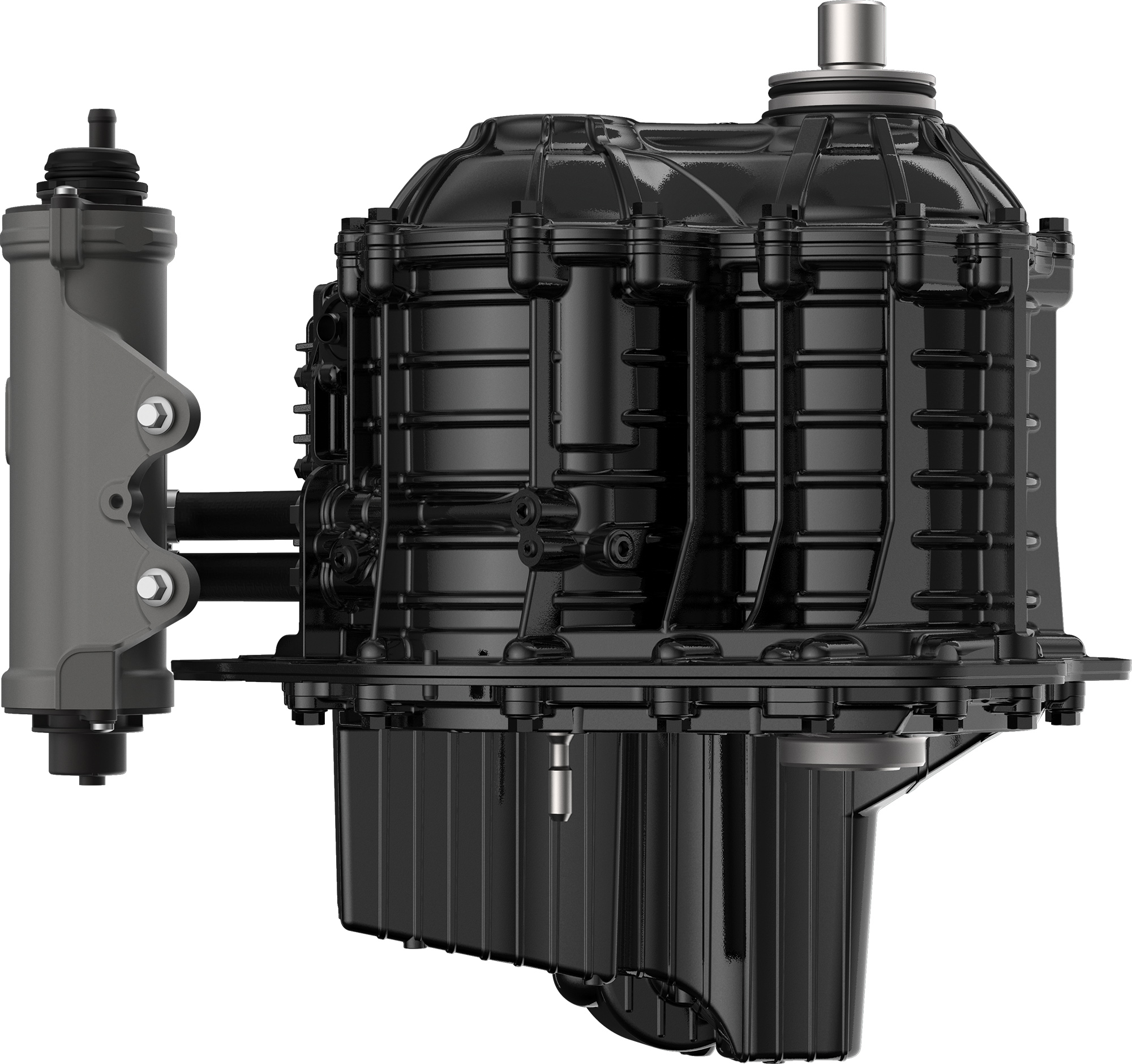 The first outboard motor to feature an automatic transmission.
The first outboard motor to feature an automatic transmission.
Mercury Verado V12
Horsepower…. 600
Displacement…. 7.6 liters/461 CID
Configuration…. 64-degree V-block
Bore X Stroke…. 3.8” x 3.4” (9.65 cm x 8.63 cm)
Weight… 1,260 pounds/572 kg
Aspiration… Dual Throttle Bodies
Naturally aspirated
Fuel… 87-Octane
Oil Sump… 14 quarts
Alternator… 150 amps
Operating range… 5600-6400 rpm
Shaft lengths…
20” (50.8 cm)
25” (63.5 cm)
30” (76.2 cm)
35” (88.9 cm)
